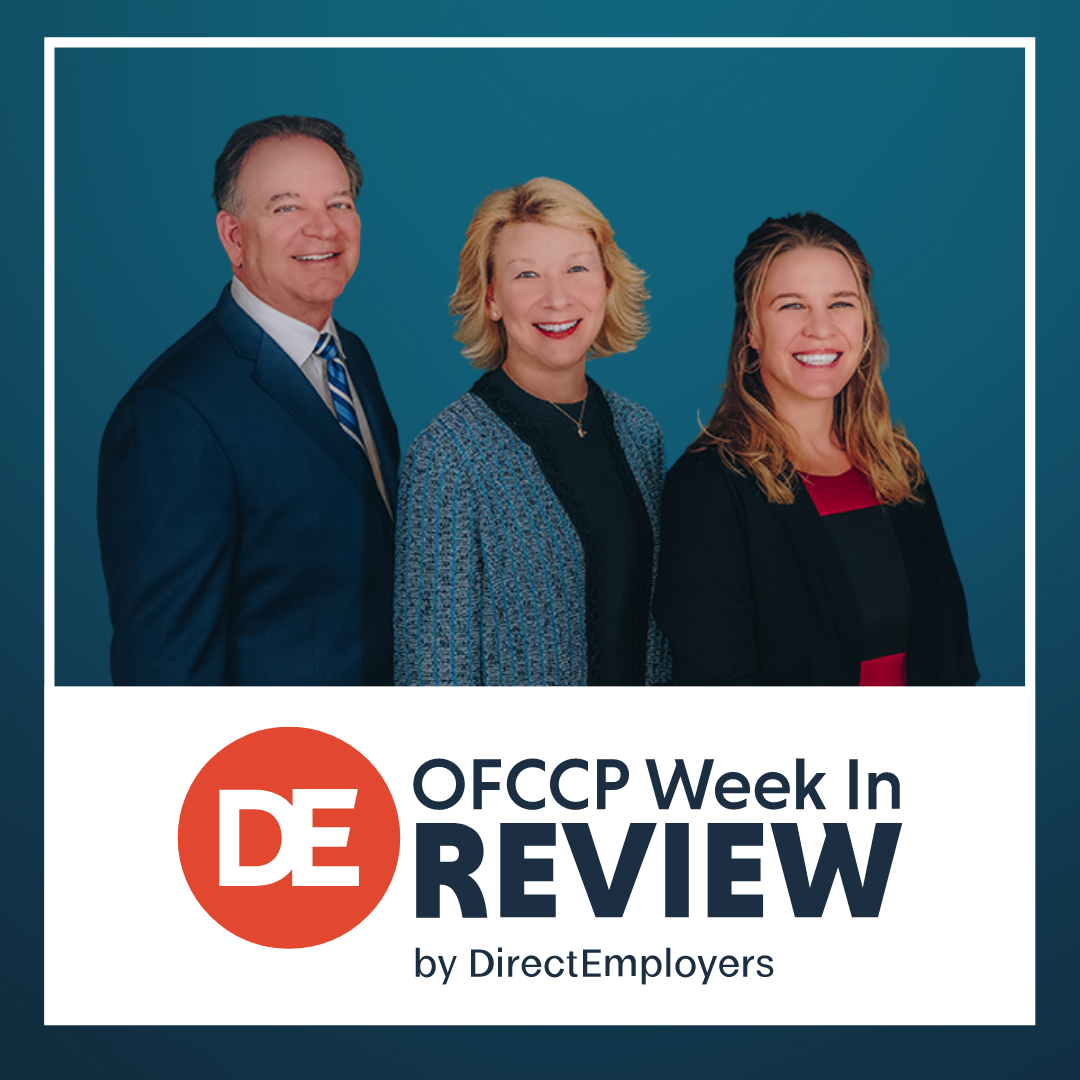
- This Week’s Vaccination Injunction Puzzle at a Glance: No Changes As Legal Frenzy Dies Down…for the Moment
- HIRE Vets Medallion Award Application Window is Now Open!
- No Spoiler Alert Here – OFCCP Semiannual Regulatory Agenda Not to Have a Significant Economic Impact
- Employers & Job Seekers Beware – Scammers Are Exploiting Security Weaknesses on Some Job Recruitment Websites
- OFCCP Contractor Portal Opened for Registration – See Rules of Behavior to Enter
- NLRB Continues Push to Support Union Organizing
- CA Pay Data Reporting Portal is Also Open!
- WHD to Hire 100 Investigators to Support Compliance Efforts
- Updated Procedures Announced for Third-Party EEO-1 Survey Filers
- Biden Issued an Executive Order Unionizing All Large Construction Contracts
- January 2022 Employment Situation – Finally, a Big Jobs Month, but Total Jobs Picture Still Very Mixed!
- Update on USDOL’s “Good Jobs” Initiative
This Week’s Vaccination Injunction Puzzle at a Glance: No Changes As Legal Frenzy Dies Down…for the Moment
Current Status: There were no major developments this past week as to the federal vaccination mandates the Week In Review covers. For the latest status and recap, see our very busy Puzzle Box in the WIR for last week (January 31, 2022) which you may find here.
Here is what we are tracking:
The Federal OSHA Permanent Rule: We now do not expect any significant vaccination mandate activity until the USDOL Occupational Safety and Health Administration (OSHA) publishes its Final (“Permanent”) Rule on COVID-19 vaccination, masking, and distancing requirement in the workplace. OSHA is pushing this forward despite OSHA’s loss on its Emergency Temporary Standard amid the growing sense that the COVID-19 pandemic might be slowly but gradually abating rendering further federal action soon to be unnecessary.
Timeline: OSHA has not yet projected a publication timeline. This will be a controversial publication, especially if the Final Rule drops (as expected) the employee threshold at companies to which it applies to drag in employers the Occupational Safety and Health Act covers with as few as 10 employees.
The Federal Government Contractor / Subcontractor Vaccination Mandate Litigation: We are also expecting an important decision from the U.S. Court of Appeals for the Eleventh Circuit as to the enforcement of the federal contractor/subcontractor vaccination mandate.
Timelines: Oral argument in April; probably only a few weeks later to get an expedited decision.
Federal Employees’ Vaccination Mandate Litigation: And finally, federal appeals litigation is going forward on the federal employee federal mandates (civilian & military).
Timelines: Unknown.
Monday, January 31, 2022: HIRE Vets Medallion Award Application Window is Now Open!

The Honoring Investments in Recruiting and Employing American Military Veterans Act of 2017 created the award which recognizes small, medium, and large organizations for leadership initiatives aimed at promoting veterans’ employment. Now in its 5th year, employers receiving the award in 2022 will join more than 1,400 employers the Department has previously recognized for their support of corporate and community programs to recruit, hire, and retain our veterans in employment.
Application Details
Application window (annually): January 31st – April 30th
Register to apply online
Monday, January 31, 2022: No Spoiler Alert Here – OFCCP Semiannual Regulatory Agenda Not to Have a Significant Economic Impact
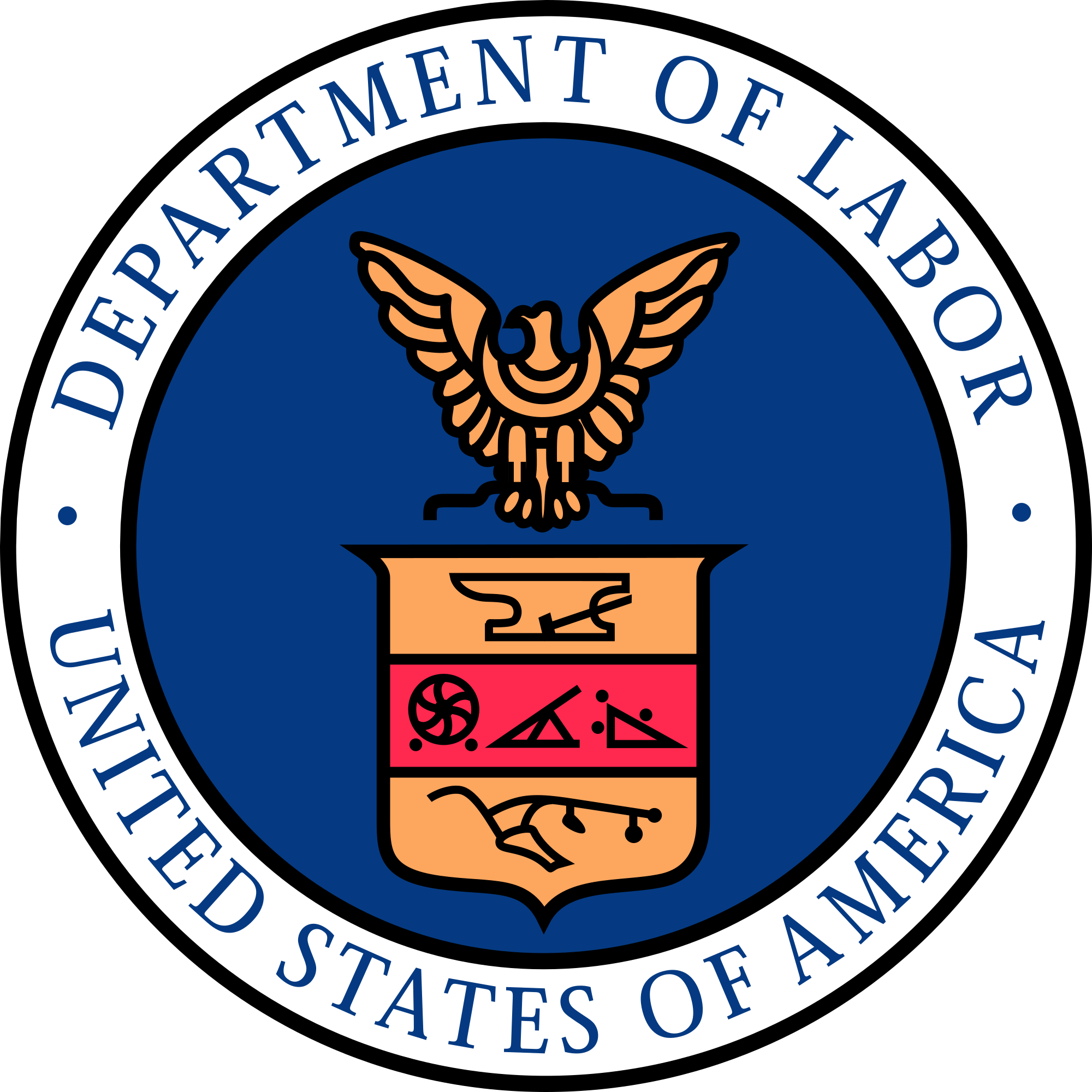
Accordingly, USDOL published its Semiannual Regulatory Agenda, including the Department’s Regulatory Flexibility Agenda, in the Federal Register.
The Flexibility Agenda includes only those rules on the Semiannual Agenda that are likely to have a significant economic impact on a substantial number of small entities; and those rules identified for periodic review in keeping with the requirements of section 610 of the Regulatory Flexibility Act. There are nine Rules on this latest USDOL Flexibility Agenda (none for OFCCP).
See our story from December 2021 where we unpacked the OFCCP’s Fall Agenda: Fall Regulatory Agenda Released – Federal Subcontractors – BEWARE!
Tuesday, February 1, 2022: Employers & Job Seekers Beware – Scammers Are Exploiting Security Weaknesses on Some Job Recruitment Websites

The COVID-19 pandemic has drastically changed interview and hiring processes making it imperative for businesses and job applicants to verify the legitimacy of postings and employment opportunities. The FBI urges the American public to use caution when applying for and accepting positions through an entirely remote process that has limited or no in person meetings, contact, and onboarding.
The PSA warns that malicious actors or ‘scammers’ continue to exploit security weaknesses on job recruitment websites to post fraudulent job postings to trick applicants into providing personal information or money. These scammers lend credibility to their scheme by using legitimate information to imitate businesses, threatening reputational harm for the business and financial loss for the job seeker.
The PSA goes on to provide examples of the tactics used by scammers as well as tips for job seekers. In addition, the FBI reveals several real-life examples with recommendations for employers to avoid risk.
Since early 2019, the average reported loss from this scheme is nearly $3,000 per victim, and many victims have also reported that the scheme negatively affected their credit scores.
Note: The National Labor Exchange (NLx) team has always and continues to vet every employer providing job content to ensure the validity of the position and the safety of its users. See the related FAQ below.
Q: How does the NLx validate employers so I know I’m looking at real jobs at real companies?
A: The NLx collects jobs directly from the original source. This could be a company’s corporate website, the state workforce agency job bank, or from a federal partner’s website. The NLx takes validation seriously to ensure it posts only real jobs from verified employers. Employers’ verification for jobs found on the NLx occurs in one of three ways:
- State Workforce Agency (or American Job Center) staff validate employers before entering their jobs into a state’s job bank.
- DirectEmployers (DE) validates an employer requesting job indexing (also referred to as “pulling,” “scraping,” or “spidering”) by its Federal Employer Identification Number (FEIN). DE only indexes jobs from the company’s corporate website.
- The federal government validates all federal jobs from usajobs.gov.
Tuesday, February 1, 2022: OFCCP Contractor Portal Opened for Registration – See Rules of Behavior to Enter

Highlights from the Briefing
For those contractors choosing to comply with OFCCP’s request that covered federal Government contractors participate in The Contractor Portal AAP Verification Initiative, here is what you need to know. After reviewing OFCCPs mission, the presenters covered most of the questions currently in the “General” section of the Frequently Asked Questions page of the Portal.
Next up was a technical demonstration. The presenter created an account with Login.gov (required for access and uses 2-factor authentication) and then proceeded to accept the Rules of Behavior (also required to proceed). Noteworthy in the Rules is item #3 which states:
“The Contractor Portal may not be used for commercial purposes, for financial gain, or in support of for-profit non-government activities.”
Contractors using third parties to assist their affirmative action activities should note that this Rule purports to prohibit for-profit third-party vendors (i.e., AAP vendors) from charging contractors to register and/or certify AAPs in The Contractor Portal.
From there, the only required information to register a company is the Employer Identification Number (EIN). However, if the contractor wants to leverage efficiency to cause The Contractor Portal to automatically pre-populate the information The Contractor Portal calls for, the contractor may simply enter into OFCCP’s Contractor Portal the following two sets of numbers the contractor will want to have handy, including the:
- Headquarter/Company Number (from EEO-1 Reports); and
- Establishment/Unit Number (which the EEOC provides when companies file their EEO-1 reports).
Although the individual who registers the company becomes the “Admin,” this individual may add additional “non-admin” users to help when it later comes time to certify that each of the contractor’s “AAP Establishments” have AAPs meeting OFCCP’s requirements (meaning “acceptable” AAPs). Please note, however, that contractors may accomplish AAP certifications via a single click box for all the contractor’s AAP establishments for which there is an AAP Establishment page registered in The OFCCP Portal.
OFCCP also announced an updated User Guide to assist you. This 19-page booklet provides step-by-step instructions with screen shots of the various pages within The Contractor Portal.
Questions & Answers
The Briefing concluded with questions and answers, some of which included:
Q: Do contractors/subcontractors have to register every year?
A: No. Contractors/subcontractors only need to register once to be in the system, then they may certify annually.
Q: What about mergers or spin-offs that may have happened since filing the 2018 EEO-1 Survey?
A: Contractors/subcontractors may elect to “add” or “close” an establishment in the Portal.
Q: Who at the organization will receive the notice to register the company?
A: The person who filed the 2018 EEO-1 survey will receive the notification. However, regardless of who receives (or if no one receives) the notification, the company may still register in the Portal.
Q: What about Universities (which don’t file an EEO-1 Survey)?
A: As the EIN number is the only requirement to register, Universities may still register, however they will not have the benefit of being able to prepopulate the additional pages.
How We Got Here
It has been a long journey…starting in 2016. We have repeatedly reported the cascade of developments since GAO rang the “alarm bell” in 2016, and in the last few months have sliced and diced the information several times:
- December 2, 2021: OFCCP’s AAP Verification Interface Gets Set to Open – Contractors Must Now Decide Whether to Voluntarily Comply with OFCCP’s Unenforceable “Requirement” Since the Agency Has Now “Thrown Down Its Gauntlet”
- August 31, 2021: “OFCCP’s New Emerging AAP Delivery Portal and AAP “Verification” Program: Much Ado About Nothing”
- Both New Initiatives Lack Regulatory Authority and Both Are Unenforceable
- But will contractors nonetheless flock like lemmings?”
- Bonus blog: “OFCCP’s New Emerging AAP Delivery Portal and AAP “Verification” Program: Much Ado About Nothing”
- September 23, 2016: “GAO Issued a Report Critical of OFCCP’s Enforcement Program” in which the GAO notes as recommendation #2:“To ensure that federal contractors are complying with equal employment opportunity requirements, the Secretary of Labor should direct the Director of OFCCP to develop a mechanism to monitor AAPs from covered federal contractors on a regular basis. Such a mechanism could include electronically collecting AAPs and contractor certification of annual updates.” (emphasis added)
Editor’s Note: In the end, OFCCP declined to seek to cause covered federal Government contractors to file their AAPs with OFCCP to prove that the contractor had actually “developed and maintained” them. Rather, in a separate initiative, OFCCP purports to now require covered federal Government contractors OFCCP selects for audit to also use The Contractor Portal to file with OFCCP those AAPs OFCCP summons for audit.
Tuesday, February 1, 2022: NLRB Continues Push to Support Union Organizing
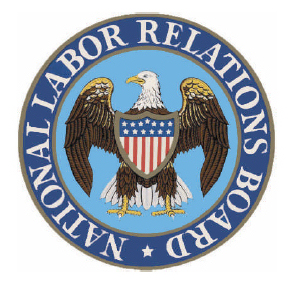
The 3-page memorandum (GC-22-02) outlines the policies and procedures by which the Agency will determine whether to pursue 10(j) injunctions during union organizing campaigns. The Memo instructs Field offices to quickly investigate alleged threats or other coercion made during an organizing drive and promptly submit those cases for consideration of injunctive relief.
“Threats often escalate into action, imposing even more burdens and chilling effects on employees,” said General Counsel Jennifer Abruzzo. “They are not mere words impacting employees, but a prelude to what is likely to come to pass. Therefore, I believe that threats or other coercive conduct need to be promptly stopped, not only to erase the chilling impact they have on employees, but to prevent escalation of the words into action.”
In The Know – Section 10(j) of the NLRA
Section 10(j) of the NLRA authorizes the National Labor Relations Board to seek temporary injunctions against employers and unions in federal district courts to stop alleged unfair labor practices while the case is being litigated before administrative law judges and the Board. These temporary injunctions are intended to protect the process of collective bargaining and employee rights under the Act, and to ensure that Board decisions will be meaningful. The section was added as part of a set of reforms to the Act in 1947. Rough aggregate data for injunction litigation filings from 2009-2019 are on the NLRB website.
How We Got Here
This Initiative builds on several employee-oriented moves since General Counsel Abruzzo took her seat (WIR July 2021: “Vice President Kamala Harris Cast the Deciding Vote to Confirm Controversial Nominee to be the New NLRB General Counsel”) and Democrats took the majority (WIR August 2021: “Democrats Take the NLRB Majority – Expect Changes Ahead: Employers Brace for Impact”).
- November 2021: “NLRB Counsel Seeks to Protect Immigrant Workers Rights”
- August 2021: “NLRB To “Aggressively Seek” Injunctions to Stop Alleged Unfair Labor Practices”
- August 2021: “NLRB Memo Directs Regions on Mandatory Issues to Submit to Headquarters”
Perspective
See our story from last month “Union Membership Falls Back to 2019 Rate, 10.3% of Employed Workers: Only 6.1% in the Private Sector” to put perspective behind the Boards’ push to focus on union organizing. Also breaking news this week – President Biden seeks to force Construction Contractors to use unionized workforces (see Friday’s story below).
Tuesday, February 1, 2022: CA Pay Data Reporting Portal is Also Open!
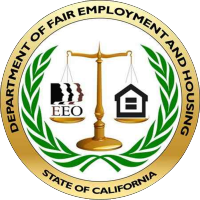
Get up to speed in our previous story, “California Pay Data Reporting Portal Opens February 1st” where Tony Perkins, VP of AAP/EEO Compliance for Taapestry by DirectEmployers, provides the ins-and-outs for this years’ reporting process.
Tuesday, February 1, 2022: WHD to Hire 100 Investigators to Support Compliance Efforts
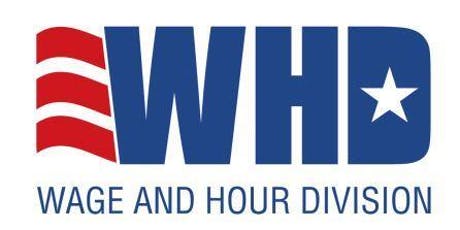
A WHD investigator will support the Division in many ways, some of which include:
- conducting investigations to determine if employers are properly paying employees and affording them their rights as the law requires;
- ensuring those law-abiding employers are not undercut by employers which violate the law;
- promoting compliance through outreach and public education initiatives; and
- supporting efforts to combat worker retaliation and worker misclassification as independent contractors.
In fiscal year 2021, WHD collected $230 million in wages owed to 190,000 individuals and conducted 4,700 outreach activities.
“Adding 100 investigators to our team is an important step in the right direction,” said Acting Wage and Hour Administrator Jessica Looman. “We anticipate significantly more hiring activity later in fiscal year 2022. While appropriations will determine our course of action, we are optimistic we will be able to bring new talented professionals onboard to expand our diverse team.”
The Investigator position and all other government jobs are located on usajobs.gov.
Note: All positions from usajobs.com are also available on usnlx.com.
Wednesday, February 2, 2022: Updated Procedures Announced for Third-Party EEO-1 Survey Filers

Impacted filers can find additional information on these updated procedures in the following online resources:
- Fact Sheet: 2021 EEO-1 Component 1 Third-Party Human Resource Organization Reporting Procedures (e.g., PEOs, HROs, ASOs)
- FAQs: 2021 EEO-1 Component 1 Third-Party Human Resource Organization Reporting Procedures (e.g., PEOs, HROs, ASOs)
Timeline For Data Collection
- Tentatively scheduled to open on Tuesday, April 12, 2022.
- Tentatively scheduled to close on Tuesday, May 17, 2022.
Additional Resources
EEOC intends to provide additional instructions and resource materials via email and online as they become available. The EEO-1 Filer Support Team will resume normal operations immediately prior to the opening of the 2021 EEO-1 Component 1 data collection.
Friday, February 4, 2022: Biden Issued an Executive Order Unionizing All Large Construction Contracts
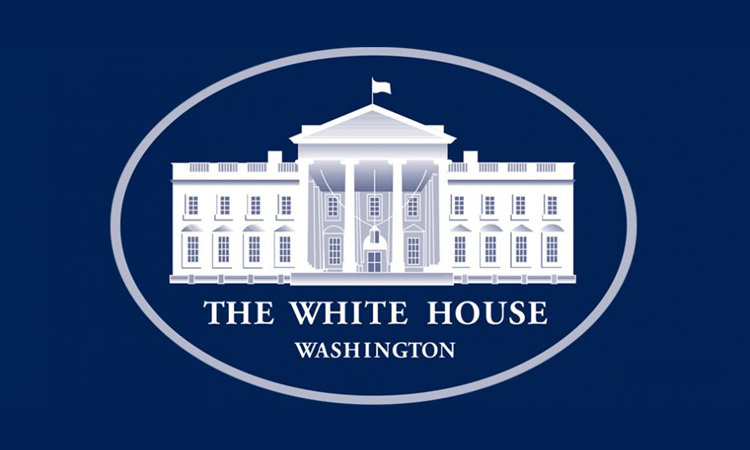
If the federal courts do not enjoin it as an outright violation of the National Labor Relations Act (which allows employees to decide whether they wish to become union members, or not), this EO will require federal Government contractors and subcontractors on large-scale federal construction projects (meaning $35 million and above) to negotiate a “Project Labor Agreement” (“PLA”) with one or more appropriate labor organizations, or to become a party to an existing PLA.The EO outlines the requirements for the prescribed PLAs (Section 4) but allows three exceptions (see Section 5, outlined immediately below). A senior official may grant an exception given a written explanation of why at least one of the following is true:
- Requiring a project labor agreement on the project would not advance the Federal Government’s interests in achieving economy and efficiency in Federal procurement. Such a finding shall be based on the following factors:
- The project is of short duration and lacks operational complexity;
- The project will involve only one craft or trade;
- The project will involve specialized construction work that is available from only a limited number of contractors or subcontractors;
- The Agency’s need for the project is of such an unusual and compelling urgency that a project labor agreement would be impracticable; or
- The project implicates other similar factors deemed appropriate in regulations or guidance issued pursuant to section 8 of this order.
- Based on an inclusive market analysis, requiring a project labor agreement on the project would substantially reduce the number of potential bidders so as to frustrate full and open competition.
- Requiring a project labor agreement on the project would otherwise be inconsistent with statutes, regulations, Executive Orders, or Presidential Memoranda.
The EO also requires quarterly reporting of project labor use to the Office of Management and Budget (Section 6).
Effective Date
Within 120 days (by June 4, 2022), the FAR Council will publicly propose Rules in the Federal Register needed to implement the provisions of the Order. The FAR Council will thereafter then consider and evaluate public comments on the proposed Rules prior to issuing a Final Rule.
Additional Information
In advance of the issuance of the Executive Order, the Biden Administration released a Fact Sheet outlining how the EO will “benefit taxpayers, contractors, and workers.”
How We Got Here
With union membership continuing to fall to precipitously low levels, and with The White House tied at the hip to the unions, the Biden Administration and the union movement tied their fortunes to the PRO Act. Realizing that the first year Biden Administration had failed to win passage of the PRO Act, the strategy changed to bury it in the Reconciliation Act (the budget bill). With that bill snarled for the last 7 months in internal debate on the Democrat side-of-the-aisle, with union membership continuing to fall during the Biden Administration and with Democrats eyeing a near-certain loss of the U.S. House of Representatives and a likely loss of the U.S. Senate in mid-term elections now only 10 months off, the unions decided to hedge their bets and get something…anything. Hence, the as-of-yet unnumbered Executive Order imposing unionizing by executive fiat on all large federal construction projects irrespective of the employees’ statutorily protected rights to democratically vote on union issues.
This Executive Order, predicated (yet again) on the President’s authority to administer federal procurement, is yet another test of the reach of the President’s powers under the Federal Procurement Act (“FPA”). With the President unable to control the Congress, or even work with it for bi-partisan action, he is turning more frequently than any other President to accomplish his policy agenda, alone, through devising orders for federal contractors with his asserted powers under the FPA.
The federal courts rejected that approach taken in the vaccination mandate Executive Order for federal government contractors/subcontractors. The judicial view was that the FPA was a narrow delegation of Congressional authority to the President to manage the procurement of the federal Executive Branch agencies. However, the courts have not viewed the FPA as a mandate to avoid the Congress on universally applicable policy issues.
And as to large construction projects, the President is operating at the nadir of his power to order unionization to avoid strikes (which would interfere with the completion of federal government construction projects) at a time that strike interference on federal contract projects is almost unknown. With both other branches of government lining up to limit President Biden’s efforts to dictate public policies they believe belong to the Congress, we are watching an embattled President try to force his will nonetheless through streaming Executive Orders coming out so fast the White House Press Office cannot even keep up with Press Releases to announce the EOs.
The head knocking will continue as a cornered President is now bunkered in, “going it alone” and lashing out with tools his team is manufacturing at hyper-speed within the closed walls of the basement of the White House.
It’s going to be a tough year for all three branches of the federal government as we get closer to the mid-term elections.
Friday, February 4, 2022: January 2022 Employment Situation – Finally, a Big Jobs Month, but Total Jobs Picture Still Very Mixed!
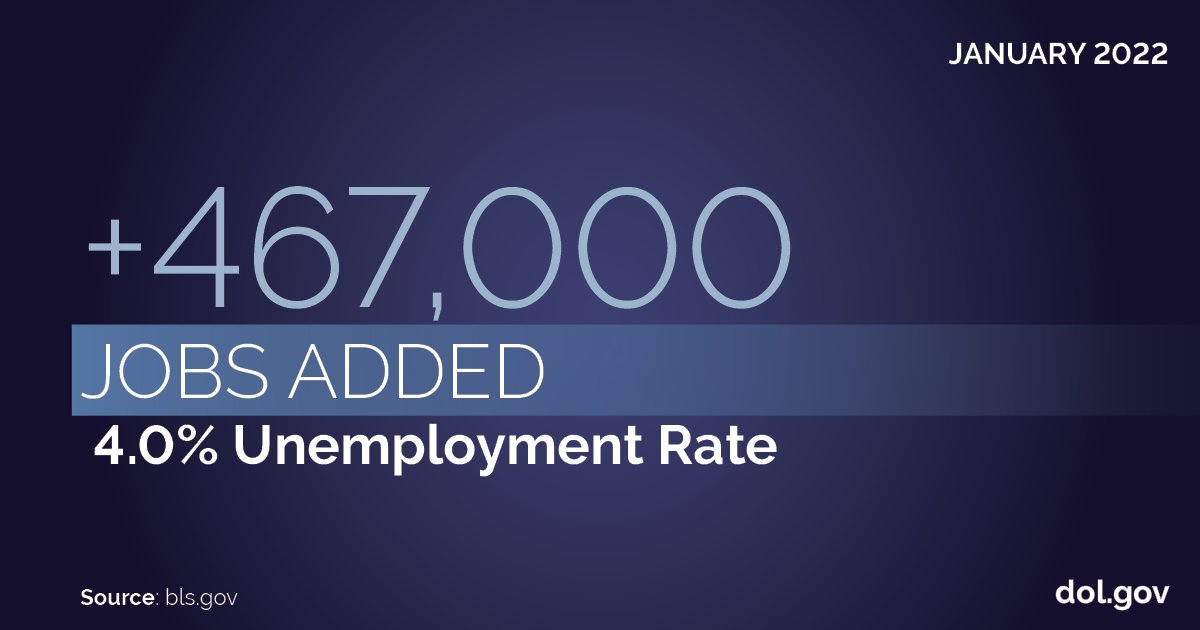
We reported last month that the average monthly job growth for 2021 was 537,000 (but that was based on several very big jobs months spilling over from the Trump years in the first three months of 2021 (510k/710k & 704k) followed by a lackluster second half of the calendar year dragging the average monthly job gains number for the year steadily down and diluting it month-by-month.
In January 2022, employment trended up most noticeably in leisure and hospitality (+151,000), although there are still 1.8 million hospitality workers unemployed in the industry relative to pre-COVID-19 pandemic levels (over 10% of the industry). Moreover, the US economy and population grows each month and was expanding the number of available jobs each month by about 150,000 before March 2020 (when the COVID-19 pandemic gripped the US in earnest). Accordingly, we would expect all job categories to have collectively grown the number of available jobs by about another 3.2M jobs in the 22 months since March 2020.
So, whenever we compare the current number of jobs (available or filled) with the analog pre-pandemic numbers, we must realize that the economy as a whole is also down over 3 million jobs which employees across all industries would have/should have filled over the last 22 months, but for the interruption the COVID-19 pandemic has caused in employment.
Professional and business services also rose noticeably (+86,000) in January 2022. Employment in the retail trades also jumped up (+61,000) and transportation & warehousing continued to bring back employees the COVID-19 pandemic had displaced (+54,000).
A very bright sign was the reduction of the number of persons employed part-time for economic reasons (about 3.7 million employees, down from a year ago by 2.2 million) and almost 675,000 below its February 2020 level (when the COVID-19 pandemic first began to grip the United States in earnest).
Employment showed little or no change in other major industries, including mining, construction, manufacturing, information, and financial activities.
|
The Employment Situation – January 2022 |
|||
| Unemployment Rate | Jan 2022 | Dec 2021 | Jan 2021 |
| National (Seasonally adjusted) |
4.0% | 3.9% | 6.4% |
|
Women (20+) |
3.4% 6.9% 3.6% 4.9% 3.8% 3.6% |
3.2% 7.1% 3.8% 4.9% 3.6% 3.6% |
5.7% 9.2% 6.6% 8.6% 6.1% 6.0% |
| Veterans (Not seasonally adjusted) |
3.8% | 3.2% | 5.5% |
| Individuals with Disabilities (Not seasonally adjusted) |
9.1% | 7.9% | 12.0% |
See Also
Update on USDOL’s “Good Jobs” Initiative

We heard back that the one of the priorities of the Initiative will be to “support IIJA (Infrastructure Investment and Jobs Act) implementation, in partnership with the White House by providing assistance and guidance on creating good quality jobs through infrastructure investments.”
We will keep you informed as we learn more and learn what the phrase “good quality jobs” actually means, or whether it is new government code for union jobs!
THIS COLUMN IS MEANT TO ASSIST IN A GENERAL UNDERSTANDING OF THE CURRENT LAW AND PRACTICE RELATING TO OFCCP. IT IS NOT TO BE REGARDED AS LEGAL ADVICE. COMPANIES OR INDIVIDUALS WITH PARTICULAR QUESTIONS SHOULD SEEK ADVICE OF COUNSEL.
SUBSCRIBE.
Compliance Alerts
Compliance Tips
Week In Review (WIR)
Subscribe to receive alerts, news and updates on all things related to OFCCP compliance as it applies to federal contractors.
OFCCP Compliance Text Alerts
Get OFCCP compliance alerts on your cell phone. Text the word compliance to 55678 and confirm your subscription. Provider message and data rates may apply.
